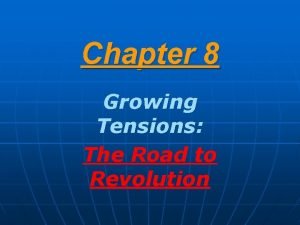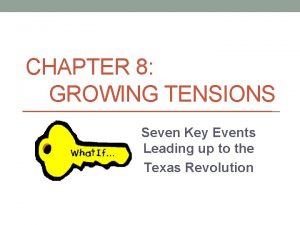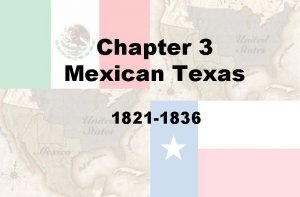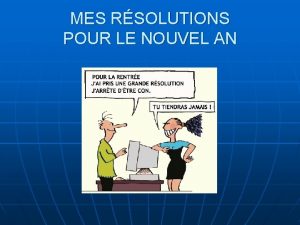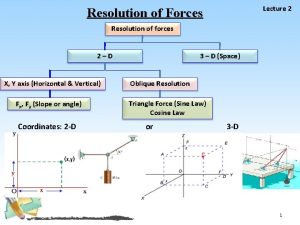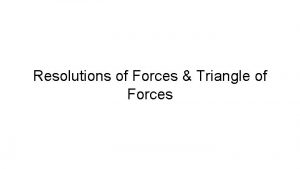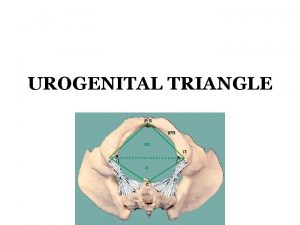Resolutions of Forces Triangle of Forces Resolution of











- Slides: 11

Resolutions of Forces & Triangle of Forces

Resolution of Forces: Fa F Fb Fig(a) Resolution of Forces

Graphically: Fig(b) Resolution of Forces

● Fig(a) shows that the resultant force F divided into two components Fa and Fb are known as resolution of forces R. ● The separation of a single force or motion (cargo ship) into two or more which have different directions (tugboat A&B) are taken together are called resolution of forces R. ● Consider a force F represented by line OA making an angle θ with x-axis shown in fig (b). ● Draw a perpendicular AB on x-axis, According to head to tail rule OA is the resultant of vector represented by OB and BA. ● The components OB and AB are perpendicular to each other and they are rectangle component of each other. ● OB and AB represents its components Fx & Fy. ● Which component have attached angle is always Cosine component.

Mathematically: OA=OB+BA. . …(1) Since (1) is written by: F=Fx+ Fy…. . . (2) Trigonometric functions: Fig(c) Trigonometric functions

Bb. =cosθ Since: B. ………. (3) =sinθ Similarly: ………. (4) By Pathegorous theorm: ………(6) ……. . (5)

Triangle of Forces: Fig(d) Triangle of Forces

● When two forces meeting or passing through a point represented by two sides of a triangle in magnitude and direction taken in same order than closing side of triangle taken in the reverse order represents the resultant of the forces. ● Fig(d) shows that OA is a force that head is join to the tail of AB according to the head to tail rule but the resultant force is opposite and not follow the head to tail rule is called triangle law of forces. ● If magnitude of two forces is equal to the magnitude of the third force than the resultant is zero and they are in equilibrium. ● The resultant Vector R of the forces Vector P and Vector Q is the diagonal OB of the triangle. The magnitude of the resultant is: R = under root[ P 2 + Q 2 - 2 PQcosθ ]

● The direction of the resultant is: α = sin-1[ Q / R sinθ ] ● Forces Vector P and Vector Q act at an angle θ. In order to find the resultant of Vector P and Vector Q, one can apply the head to tail method, to construct the triangle. ● The magnitude and the direction of Vector R can be found by using sine and cosine laws of triangles. ● If Vector P , Vector Q and Vector R are three forces acting at a point and they are represented by the three sides of a triangle then P/OA =Q/AB =R/OB. ● If the angle is outside the triangle than we minus the θ into 180 degree. ● But if the angle is inside the triangle than we add θ into 180 degree.

Mathematically: OA=P OB=R AB=Q △OAB ∠AOB+∠OAB+∠OBA=180 α +(180 -θ)+∠OBA=180 -α-180+θ ∠OBA=θ-α According to Lami’s theorm: When three coplanar, concurrent and non-colinear forces act on a body which is in equilibrium then the magnitude of each force is proportional to the sine of angle between other two forces.

Sine rule formula: P/sin(θ-α) = Q/sinα = R/sin(180 -θ) P/sin(θ-α) = Q/sinα = R/sinθ

